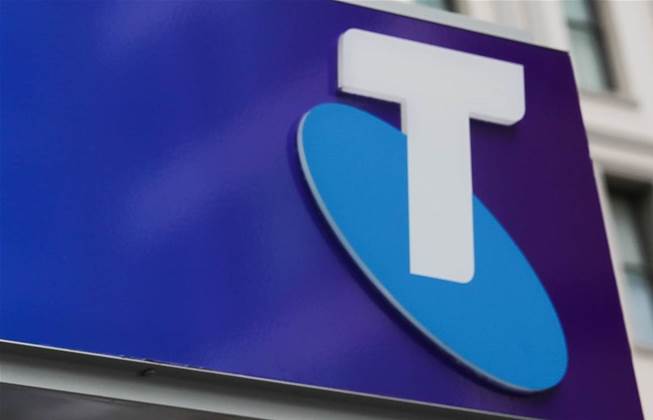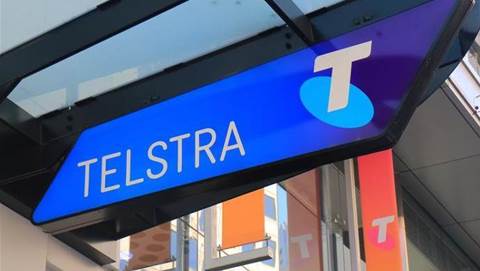Telstra will use the next five years to move away from offering ‘best effort’ connectivity services, instead tailoring services to customer needs and pricing them accordingly.

The telco unveiled what it’s calling its ‘Connected Future 30’ strategy, the successor to its ‘whole of Telstra’ T22 and T25 strategies.
A key feature of the new strategy is to “reinvent how [it] captures value” from its network by FY30 under something it is calling ‘Network as a Product’.
Over the course of a two-and-a-half-hour strategy day, the intent of this became clear: Telstra intends to shake up how it sells connectivity, allowing users to prioritise certain “attributes” over others according to need, and paying differentiated pricing to do so.
“Customer needs are changing,” CEO Vicki Brady said.
“They’re looking for connectivity to be more sophisticated and more flexible. We know we have different attributes that our network can provide … and we know these things are important for different segments of customers.”
Group executive for product and technology Kim Krogh Andersen said that customer experience “depends on many network attributes like security, resiliency, downlink, uplink, jitter, latency etc.”
“Today’s telco business model is static. We’ve built the best possible network, and then we’ve put a price tag on top of that. Our business model is mostly best-effort across the board,” Andersen said.
“With AI agents, 8K streaming, cloud gaming and other sophisticated use cases, it will be more and more difficult to keep building a network that caters for these demands and at the same time increase commercial returns.”
The examples weren’t limited only to these three; Brady provided a spectrum of use cases across many of the sectors Telstra serves.
“For consumers, it could be customers who really value streaming movies on the go, and they need downlink speeds super fast, or it might be someone who does lots of video calls and they want a really consistent experience and uplink,” she said.
“It could be some of the more sophisticated use cases - augmented reality, or using AI for live image processing, again needing good uplink and very low latency.
“For a business, it could be as simple as being a food vendor at a big event and wanting to make sure your connectivity to support payments is uninterrupted, no matter how crowded the venue is.
“For enterprise, it could be a retailer that needs to scale their bandwidth fast during peak sales periods, [while] for government it could be needing to increase security on a link for a particular point in time, [or] for a mining company, greater observability and control over remote operations.”
Prioritising certain types of application traffic was also a popular example.
Andersen saw the ability for customers to specify the network attributes they want prioritised in their connectivity plans as a way to reinforce premium positioning and pricing.
“We want to make what customers pay for more tangible - and if you’re on the Telstra-branded top-tier plan, then it’s clear for you why that is premium,” Andersen said.
A key support for all of this is the investments Telstra has made in making its network infrastructure more virtualised and software-defined.
Brady alluded to the benefits of software-defined networking, albeit somewhat cryptically, early in her presentation.
“[It] gives us the ability to do things differently, gives us the chance to challenge the commercial models, to create differentiated offerings that meet different customer needs,” she said.
“We have the conditions to disrupt the status quo and create new value.”
Andersen offered some clarity, noting that “when we [Telstra] are delivering on a specific need and we know the cost of producing that network experience, and the network attributes, then we can create the best and most suitable business model that creates better alignment between value for money and return-on-investment.”
It appears there is still some work to do here, but chief financial officer Michael Ackland left no doubt towards the end of the strategy day that plan customisation will impact pricing.
“We’re going to need new economic models internally to price our products,” he said.
“If you think about a much more sophisticated network and set of network attributes, that will drive investment as people demand them, and they will have a cost, and we need to understand those in a different level of detail to what we have in the past.
“What does it cost to deliver super low latency to 27 locations or to guarantee upload links so that a corporate customer can have any of their staff get a guaranteed uplink when they’re using Teams?
“We have to be able to price those. We haven’t had to really in the past because we’ve said ‘best efforts’ and so it’s been a bit more macro.
“We’re going to have to get much more sophisticated over time on the economic model internally.”


.png&h=140&w=231&c=1&s=0)






.png&w=120&c=1&s=0) EDUtech AU
EDUtech AU
.png&w=120&c=1&s=0) Security Exhibition & Conference 2025
Security Exhibition & Conference 2025
 Integrate Expo 2025
Integrate Expo 2025
 Digital As Usual Cybersecurity Roadshow: Brisbane edition
Digital As Usual Cybersecurity Roadshow: Brisbane edition
 iTnews Benchmark Security Awards 2025
iTnews Benchmark Security Awards 2025











.jpg&h=140&w=231&c=1&s=0)



